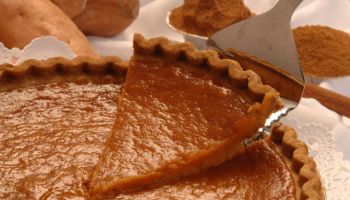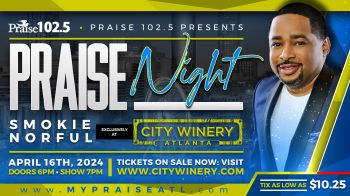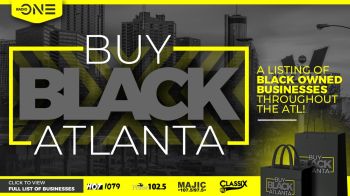From CNN.com:
Do you read labels of the ingredients of various foods you buy from the supermarket? Are you curious about what those long tongue-tied words you stumble over mean and exactly what they are? Have you ever pondered on whether those ingredients are good or harmful for your body? Although they do sound a little scary, some of those food additives are not harmful but you should be aware of what they are and how they are made. Check out these 6 scary-sounding food additives below and see what they are and which of our favorite foods we eat regularly use them.
1. Xanthan gum
Sure the word “xanthan” sounds a little ominous, and yes, the stuff is made from the bacteria that cause black rot on broccoli plants. But xanthan gum is a pretty benign substance. When the bacteria (called Xanthomonas campestris, if you’re a scientist) is mixed with corn sugar, it produces a tasteless, colorless goop that can be used as a thickener. It keeps ice cream from crystallizing and is what gives gluten-free bread its spongy texture. Some people may be allergic to it, but it’s pretty much as harmless as you can get.
2. Tertiary butylhydroquinone
In his book “The Omnivore’s Dilemma,” Michael Pollan wrote that this additive –- known as TBHQ -– was “perhaps the most alarming ingredient” in a chicken nugget. He listed a bunch of terrifying symptoms that might result from ingesting a single gram of the stuff. Of course, to get a whole gram, you’d need to eat over 300 nuggets at one sitting. So while TBHQ is pretty nasty stuff, it probably won’t do anything bad to you in the short term. It’s an antioxidant; it keeps cooking oil from going bad. Derived from petroleum, it’s also popularly used in paints and varnishes.
3. Sodium stearoyl lactylate
You know how you use the expression “like oil and water” for two things that will never blend? Through the magic science of sodium stearoyl lactylate, oil and water blend perfectly well. It’s used in flour tortillas and many other packed baked goods. No studies have shown it to be harmful, but because the chemical is made from lactic acid, it does tend to make vegans a little nervous. Most of what’s used in food comes from cocoa butter and other vegetable sources, though, so they can eat all the tortillas they want.
4. Phosphoric acid
That tangy “bite” you feel when you take a swig of cola comes from phosphoric acid, an inexpensive chemical made from minerals treated with sulfuric acid. It’s also used in paint stripper, but in much higher concentrations. Those stories you might have heard about soda melting metal aren’t really true; soft drinks aren’t any more corrosive than orange juice. But the jury’s till out on phosphoric acid. Some studies have suggested that it can leach calcium out of the body, leading to weaker bones.
5. Cochineal extract
Good news: cochineal extract is all natural and has been used as a coloring for centuries. Possibly gross news: It’s made from bugs. Tiny insects that live on cactuses in Mexico and South America are dried and crushed to make the bright red coloring. The Aztecs dyed their clothing with it. Since several artificial red food colorings were found to cause cancer, it’s been used more in food. You can find it juice drinks, processed meats, cheese and cookies (a more refined version is known as carmine or Natural Red #4). Some people have mild allergic reactions, but other than the ick factor, there’s nothing harmful about the substance.















